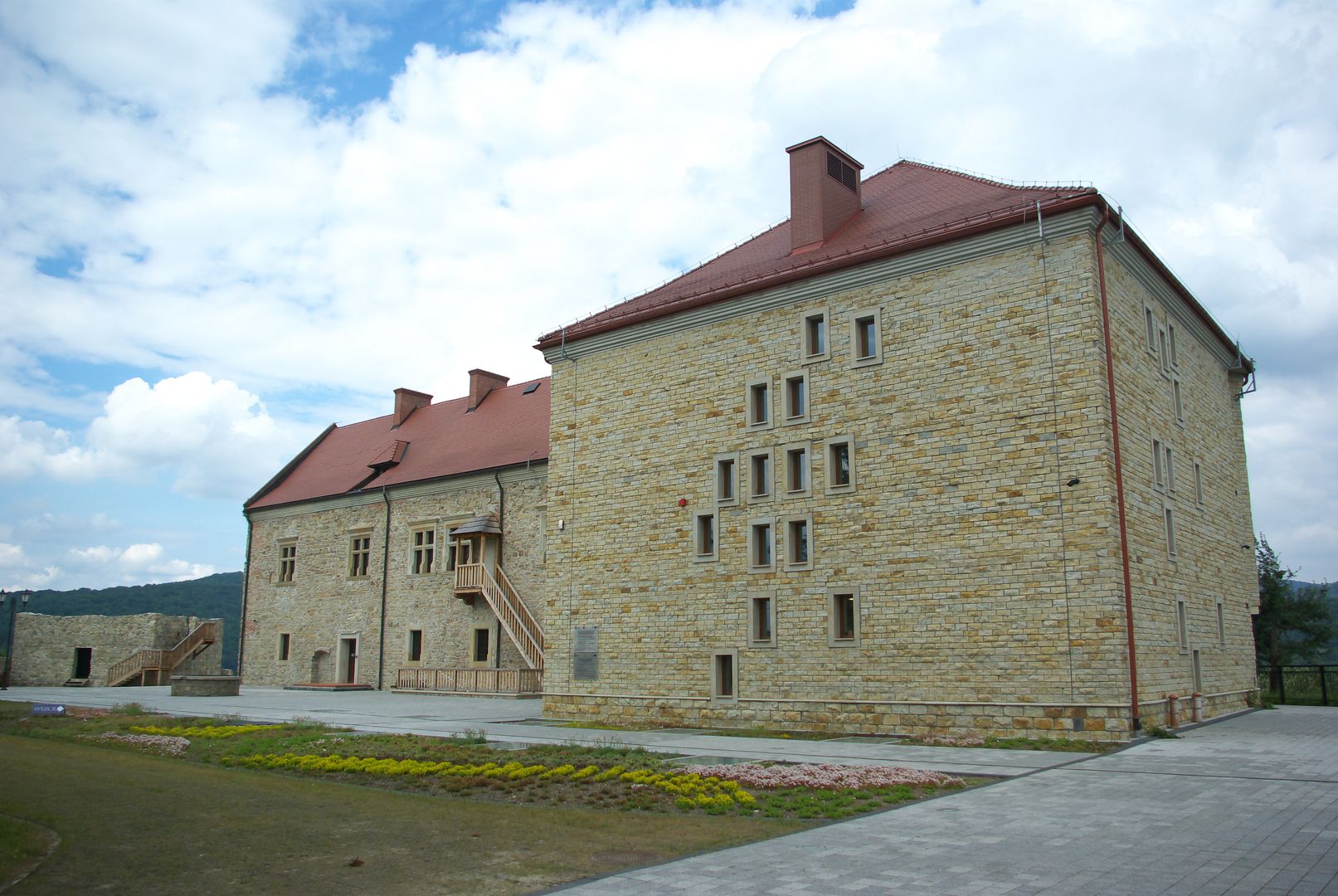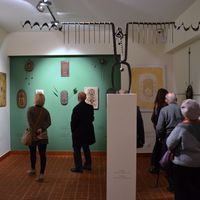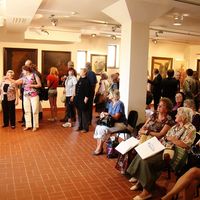Sanok Royal Castle
6.32

Overview
Sanok Royal Castle, with its medieval origins, is currently the seat of the Historical Museum and represents an important landmark on the cultural map of the Podkarpacie region. Its history dates back to 1150, when the stronghold in Sanok was mentioned in the Ruthenian Hypatian Codex. In 1339, the castle was granted town rights, and over the following centuries, it witnessed many significant events, including royal feasts and visits. Built on a hill 317 meters above sea level overlooking the San River (now the Płowiecki Stream), the castle was repeatedly rebuilt and modernized over the centuries, particularly in the Renaissance style under the orders of Bona Sforza between 1523 and 1548. An important period for the castle was during the partitions of Poland, when it served various administrative functions until the loss of its southern wing in 1915 due to military actions. The castle also housed the Museum of the Sanok Land and held the status of a cultural institution during the interwar period. During World War II, the castle was looted, and part of its cultural resources were destroyed or taken away. After the war, the castle served various purposes, including as a military hospital and later as an armory. Between 2000 and 2004, the castle underwent renovation, and in 2010, the reconstruction of the southern wing began. Despite difficulties in implementing the project, which drew criticism, the castle aims to further emphasize Sanok's importance in Polish history. Archaeological activities carried out in recent years have revealed the existence of an early medieval settlement, further enriching the historical value of the site. An interesting fact is that in the 19th century, the castle was numbered as the first building in the city, highlighting its significance. Today, Sanok Castle serves as an important cultural center, attracting tourists and history enthusiasts.
Location
2025 Wizytor | All Rights Reserved

